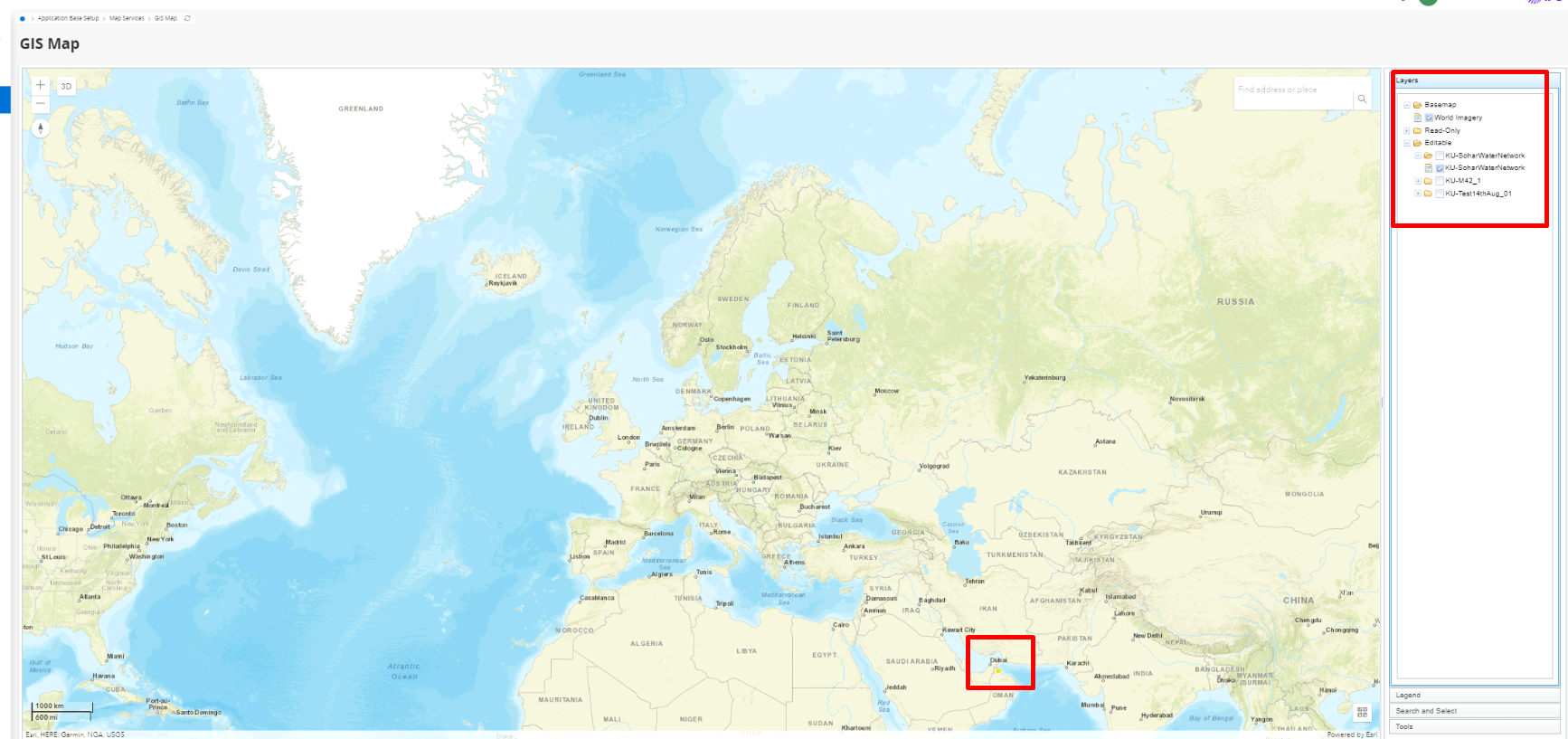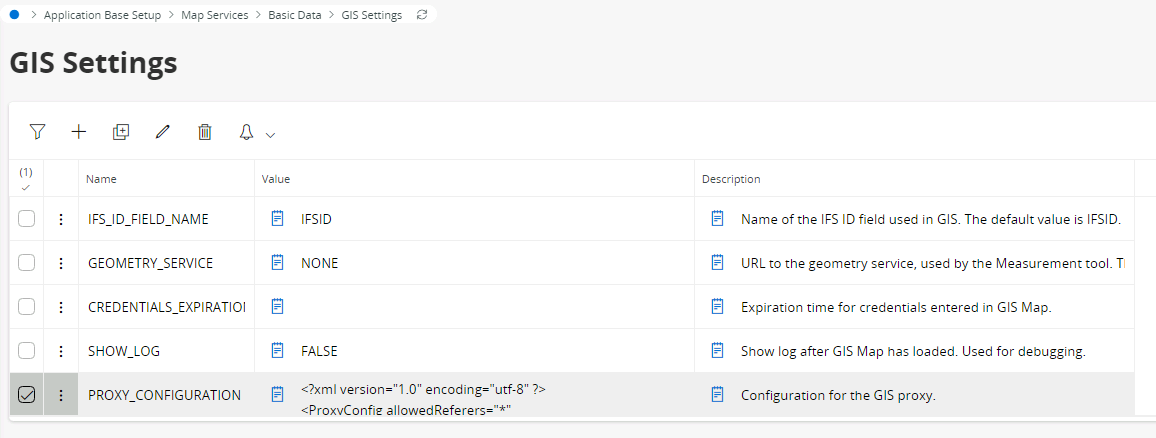Hello - looking for anyone (consultant, presales, customers) who has experience/knowledge around the reality of GIS integration. Specifically, has anyone got experience/involvement in automatically creating and synchronising IFS Objects with GIS asset data, to minimise manual user input with large volumes of assets?
It would be great to understand the method that was used to achieve this and the level of effort that was involved.










